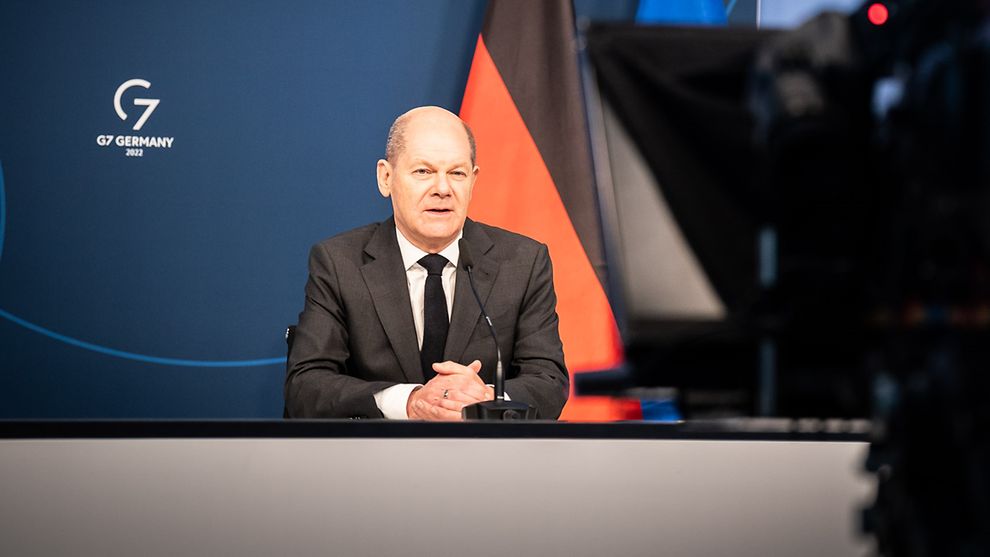Britain plans to equip its armed forces with homegrown hypersonic cruise missiles by the end of 2030, according to The Telegraph.
Military leaders plan to develop high-speed missiles surpassing Mach 5 speed as the UK races to catch up with China, Russia, and the US. The UK’s Defense Ministry is adamant that this new weapon must be constructed entirely in Britain within this decade.
Prime Minister Rishi Sunak has identified the hypersonic missiles project as one of the directions for the planned £75 billion boost in defense spending over the next six years.
One possibility involves developing a weapon that could be installed on fighter jets such as the Typhoon or F-35, offering a shorter range and smaller payload than larger ground-launched weapons. Alternatively, the missile could be launched from UK warships.
The project is overseen directly by the UK’s Defense Ministry headquarters in Whitehall rather than being delegated to one of the armed services. Since late last year, the ministry has been coordinating a consortium of approximately 80 companies to explore potential design options.
Sources reveal that constructing hypersonic missiles poses significant challenges to engineers due to the fact that some materials capable of withstanding the extreme temperatures associated with hypersonic speeds do not yet exist.
The engineers are also developing a British version of a “scramjet” engine, which relies on compressed air at supersonic speeds to aid fuel combustion.
While the Defense Ministry refrained from providing detailed plans about the project, citing security concerns, a spokesperson emphasized the pursuit of hypersonic technologies to bolster the UK’s advanced capabilities and address present and future threats.
Most missile projects work as international collaborations between the UK and at least one foreign ally, making the project unusual.
Additionally, a separate project may see the UK acquiring more advanced hypersonic weapons through the AUKUS partnership with the US and Australia.
Hypersonic missiles, capable of flying at over 4,000 miles per hour, have the ability to evade air defenses and maneuver in mid-flight – that’s what makes them especially desirable to possess within armed forces.
The US has already tested a hypersonic cruise missile with a successful outcome. The country also says the weapon is crucial to keep pace with missile technology in Russia and China, which both claim to have developed similar technology.
Russia has used five ZM22 Zircon missiles to attack Kyiv since the start of 2024, according to the Kyiv Military Administration. High-speed missile Zircon is one of the latest developments in Russian missile technology, which Moscow presents as “a serious threat to Western armies.”
Zircon missiles were designed for deployment on ships and submarines, with possible adaptation for ground-based launch systems. This expands the options for their use, including unexpected ones, because ground-based missile systems are less noticeable than MiG-31Ks).
US President Joe Biden has described Russian hypersonic missiles launched at Ukrainian cities as “almost impossible to stop.” A Patriot air defense system, which Ukraine has, is the only weapon in the country’s army that is capable of intercepting such missiles.
The US has faced setbacks in its hypersonic missile programs, enduring months of delays and failures. Despite these challenges, a recent successful test flight over the Pacific Ocean signals progress, with Washington aiming to deploy its first hypersonic weapons as early as next year.
Meanwhile, the UK is planning to invest up to £1 billion in its hypersonic project over the next seven years through the defense consortium.
This escalating competition over hypersonics, evocative of the Cold War arms race, has prompted debate over whether the missiles are worth their high price tag or better to invest in the existing weaponry.
Related:
- UK intel: Sanctions continue to disrupt key inputs for Russia’s defense industry
- Russia used 5 Zircon hypersonic missiles to strike Kyiv in 2024
- US House Speaker Jonson promises Ukraine aid bill vote with “innovations” after recess
- Media: US urges companies to halt shipments to 600 entities over concerns of supporting Kremlin’s war machine







